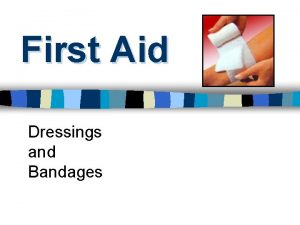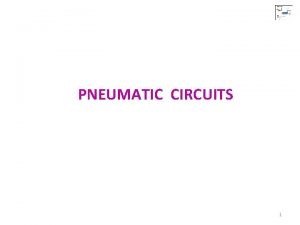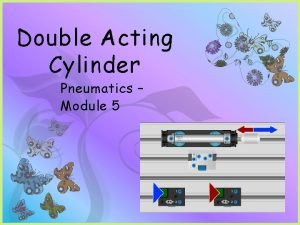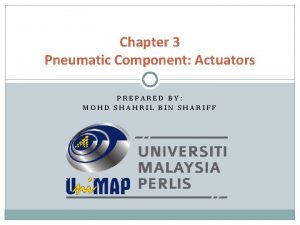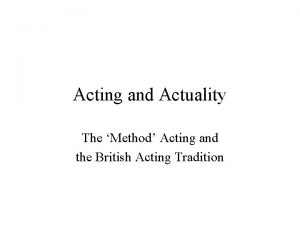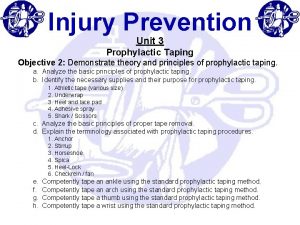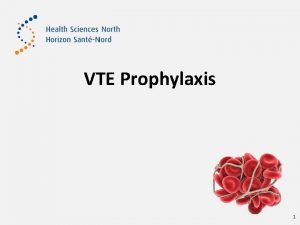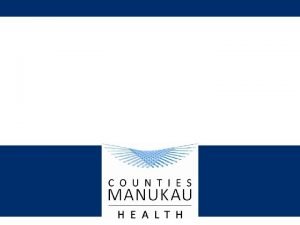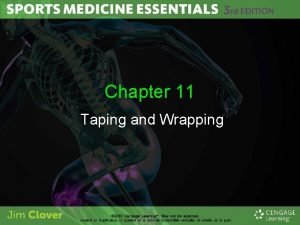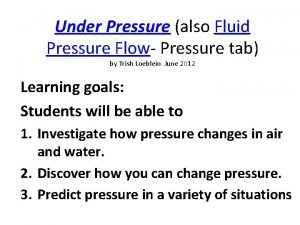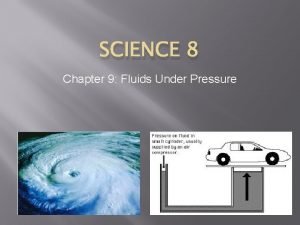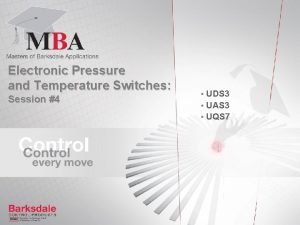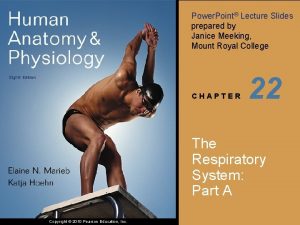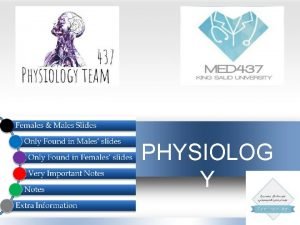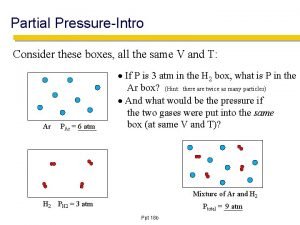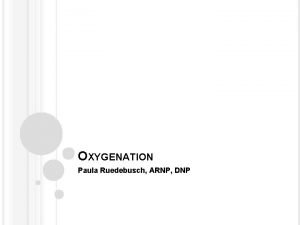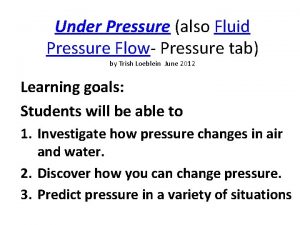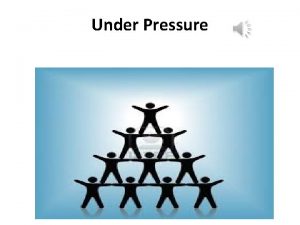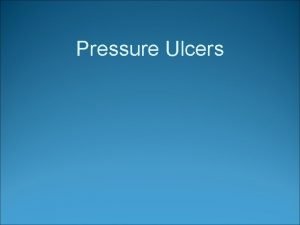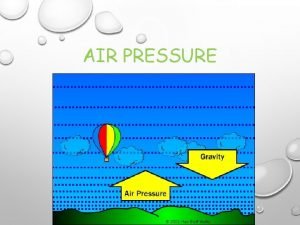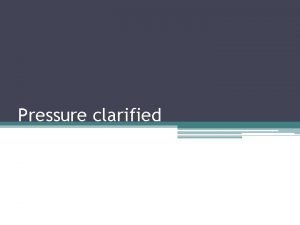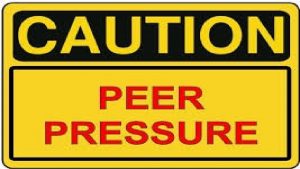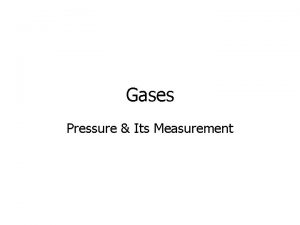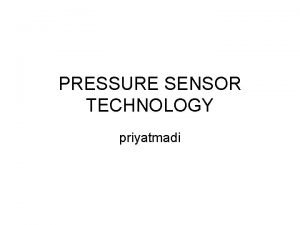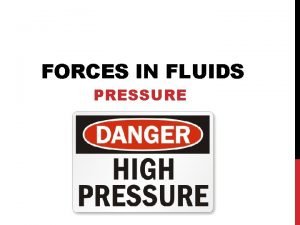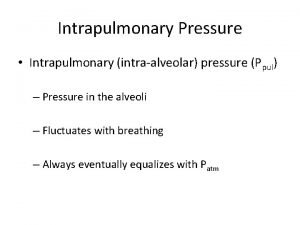Acting under pressure the use of prophylactic dressings























- Slides: 23

Acting under pressure: the use of prophylactic dressings in the management of stage I pressure injuries

§ Alan Shackleton Nurse Consultant Wound Care CMH • CMH Wound Care Service team leader • Member of the CMH PI prevention group • I see all pressure injury incident reports and I am involved in the care of the more complex cases

Presentation structure Acting under pressure: the use of prophylactic dressings in the management of stage I pressure injuries § Observations § Practice concerns § New approaches § Research

Assessment Through the use of assessment tools we are able to assess an individuals relevant systemic condition and identify their level of susceptibility to the effects of pressure related ischemia through: • • • Shear Friction Direct pressure

Precautions This assessment allows us to take precautions such as: Regular skin assessments • Continence management • Nutritional support • Pressure offloading through the use of pressure relieving devices and regular turning plans •

Practice Observations

Observation I am finding that Nurses are consistently using prophylactic dressings in cases that present with a high risk of pressure injury susceptibility Dressings commonly used are: • Hydrocolloid dressings eg Duo. Derm, Comfeel • Films eg Opsite, Tergaderm • Foams eg Allevyn

Reasoning When asked to rationalise this practice Nurses state that they use these dressings as they: • Provide pressure relief • Protects the skin • Sticks well • Reduce incontinent encroachment • Also: they thought it was our policy because a senior nurse told them to

Concerns

Out of sight, out of mind! The site is hidden from view!!! Dressings such as Hydrocolloids on intact skin can lead to complications such as moisture damage, skin tears / pain on dressing removal and pressure damage as a result of the dressings roll

This practice would suggest that Nurses are trying to fill a gap that has not been effectively resolved by clinical guidelines Is this practice due to confusion? • All the identified dressings are promoted as appropriate for Stage II and above pressure injuries e. g.

2012 “Pan Pacific Clinical Practice Guideline for the Prevention and Management of Pressure Injuries” promotes Hydrocolloids for the management of stage II pressure injuries to promote a moist wound environment, thus reducing pain and promoting wound healing

New Approaches

Prophylactic dressing The use of prophylactic dressings is a hot topic at the moment with a number of wound care product manufacturers seeing this as an opportunity to tap into a new area of use e. g.

Smith&Nephew’s Aderma Redistribution of pressure away from local areas of high risk (bony prominences) through the prophylactic use of a gel pad has been researched (mainly in vitro)

If not integrated correctly this approach could be detrimental to the patient’s skin integrity due to poor knowledge, confusion and inappropriate use

Research

Microclimate Impact of Prophylactic Dressings Using In Vitro Body Analog Method Recent research into the subject by Call et al (2013) investigates the benefits of promoting an optimal microclimate (defined as: the temperature and moisture level at the skin surface) and suggests that prophylactic dressing should be evaluated against the following:

Evaluation • Moisture management (reducing moisture levels trapped next to the skin) • Vapour permeability (moisture escaping from the back of the dressing) • Temperature management (heat trapped under the dressing next to the skin)

Demonstrated as inappropriate dressing showed the potential to reduce the body’s ability to dispel heat causing heat to become trapped in the dressing This led to an increase in perspiration, adding to the moisture level under the dressing An increase in moisture level will increase metabolic stress on cells and produce maceration

Conclusion The use of occlusive wound care products such as hydrocolloids and gel pads in theory would protect the skin from risk factors, such as friction and external contaminants but when considered against clinical observations and recent research these products may be causing new issues for the areas of intact skin that we are trying to protect

Further research is needed around this topic and out of this research clinical guidelines will need to be developed keeping in mind the conclusions of Call et al.

Any questions? Call, E. , Pedersen, J. , Bill, B. , Oberg, C. , Ferguson-Pell, M. (2013) “Microclimate Impact of Prophylactic Dressings Using In Vitro Body Analog Method” Wounds Research Vol. 25, No 4. Retrieved from: http: //www. woundsresearch. com/print/1745
 Chapter 17:6 providing first aid for burns
Chapter 17:6 providing first aid for burns What type of bandage can be used to secure dressings
What type of bandage can be used to secure dressings Triangular bandage folds
Triangular bandage folds Single acting cylinder hydraulic circuit
Single acting cylinder hydraulic circuit Definition of double acting cylinder
Definition of double acting cylinder Single acting and double acting cylinder
Single acting and double acting cylinder Method acting vs natural acting
Method acting vs natural acting How to tape plantar fasciitis
How to tape plantar fasciitis Prophylactic lovenox
Prophylactic lovenox Prophylactic definition
Prophylactic definition Ankle tape cutter
Ankle tape cutter Fluid pressure
Fluid pressure Science 8- fluids under pressure worksheet answer key
Science 8- fluids under pressure worksheet answer key The passage of gas under pressure through a tiny opening
The passage of gas under pressure through a tiny opening 000 budget scorekeepers are under pressure
000 budget scorekeepers are under pressure Faith under pressure
Faith under pressure U u u u under pressure
U u u u under pressure Wiberg patella
Wiberg patella Pressure support vs pressure control
Pressure support vs pressure control Continuous bedside pressure mapping
Continuous bedside pressure mapping Intrapulmonary pressure
Intrapulmonary pressure Types of edema
Types of edema Hypergraph containers
Hypergraph containers Clubbing fingers
Clubbing fingers


